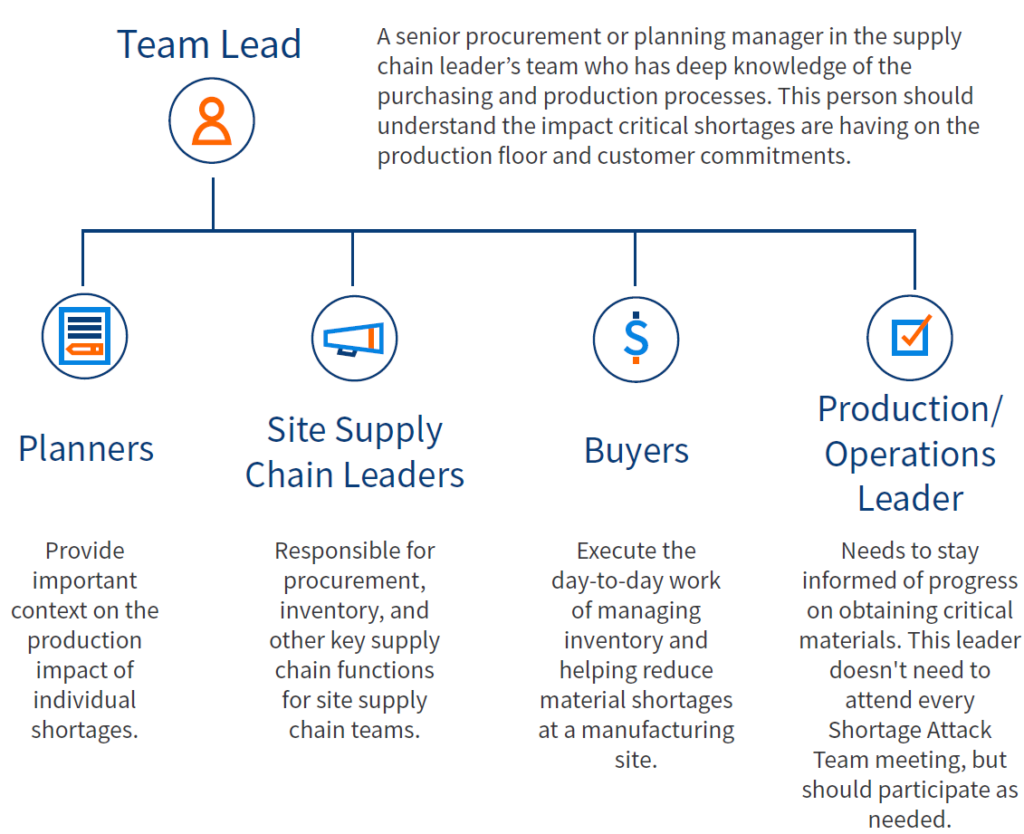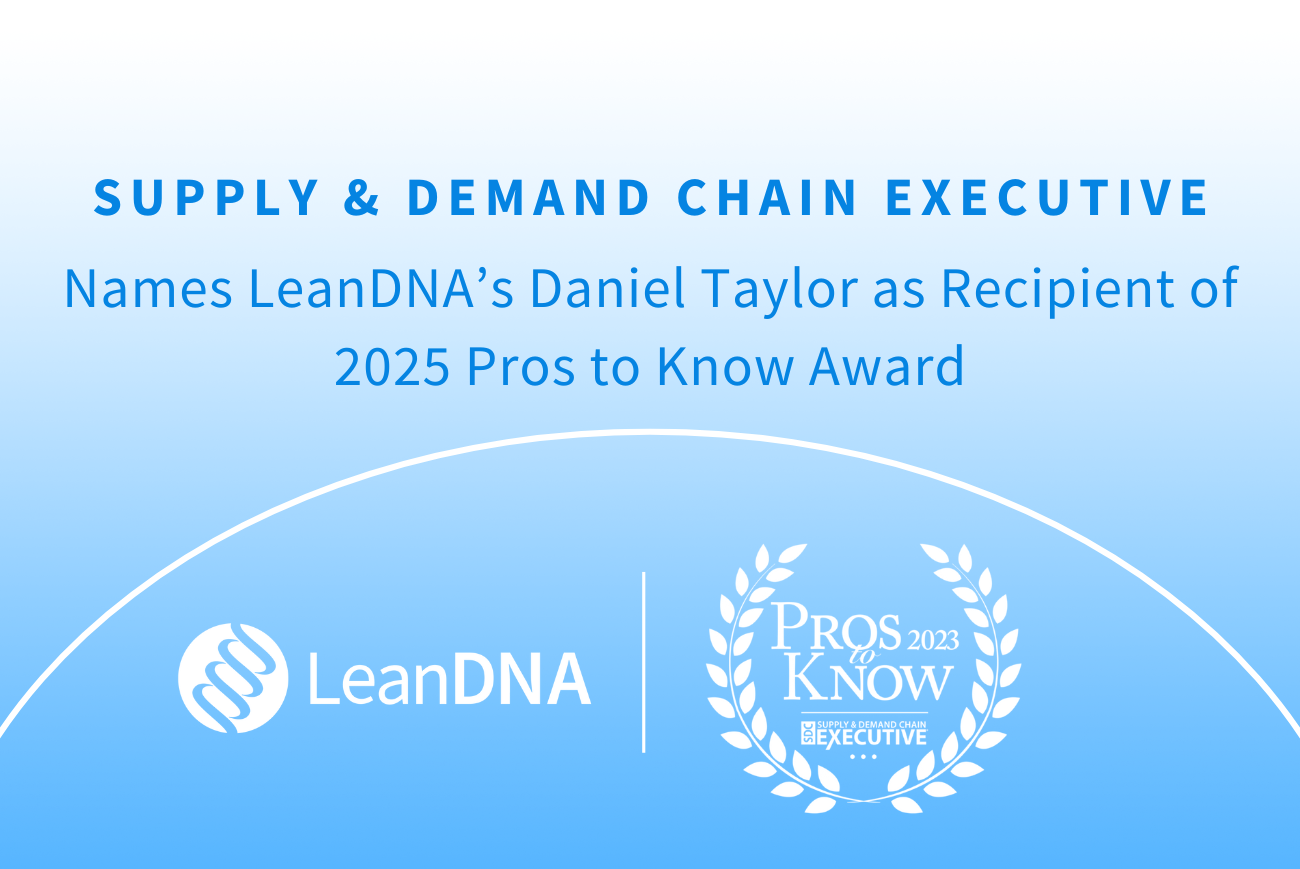Today’s manufacturers face unprecedented supply chain challenges, including growing demand for customization and increasingly complex workflows and operations. This growing supply chain complexity is further amplified by market volatility and demand fluctuation. For companies, this translates to spiking material shortages and production stoppages that hinder cash flow and jeopardize customer relationships. For procurement teams, it means constant firefighting, stress, and burnout.
By implementing a strategic, sustainable approach to shortage management, procurement team can address the most urgent shortages each day. Discover the high-level step-by-step on how an organization can implement a Shortage Attack Team by leveraging existing shortage data, defining a prioritization methodology for shortages, and building repeatable communication processes through the right supply chain team.
Step 1: Align Team on Shortage Prioritization Strategy & Execute Actions Through Synchronized Workflows
Shortage prioritization requirements can differ from one factory and team to another. The most effective procurement teams use a combination of methods to determine shortage criticality rules and answer some of the most relevant questions for the organization.
- Supply & Demand Delay Criticality: Which shortages have the greatest misalignment between supply and demand?
- Revenue Opportunities: Which parts are impacting the most revenue?
- Proactive Shortage Risk Management: Has demand within the next few weeks or months drastically increased?
- Production Readiness Visibility: Which customer orders are clear to build?
- Customer Order Prioritized by Date: Which parts are impacting customer orders that are the most past-due?
- Parts with the Most Shortages: Which component parts have the most shortages?
- Parts with Past-Due Demand: How much of your demand is past-due?
- Product Location Impact: Does the shortage impact a critical production resource?
Step 2: Assembling Your Shortage Attack Team
Select representatives from supply chain or procurement teams across your organization to get their buy-in to participate in this cross-functional initiative. Below are the key roles we recommend you recruit for your Shortage Attack Team.

Step 3: Improve Communication & Collaboration Channels
The Shortage Attack Team members you’ve identified will be tasked with triaging shortages by criticality, and then coordinating resolution actions for each shortage.
- Kick Off Your Shortage Attack Team: Once your team is established, the team lead facilitates a kick-off with site representatives to bring together the key players, get everyone up to speed on the purpose of the Shortage Attack Team,
- Set a Regular Check in Cadence: Establish a review cadence for the top 5–10% of shortages to address per site, prioritized according to the criticality rules and methodology your stakeholders agreed on in Step 1.
Step 4: Drive Accountability and Meet Shortage Reduction Goals
With your team members identified and your meeting cadence established, your team is ready to start convening regularly to review and drive action on the most urgent shortages. Your team lead facilitates discussion, as site leaders and individual buyers report progress on their top priority shortages.
Establishing a common vocabulary around metrics and reports early on will aid collaboration as your team finds its groove. Continue the process week over week to drive sustained results and solidify new processes.
The Shortage Attack Team is an operational framework recommended for global manufacturing teams to improve on-time delivery by prioritizing and resolving current and future shortages impacting production. By deploying a Shortage Attack Team, organizations can re-establish operational command at every level of their supply chain organization and drive lasting improvements to customer on-time delivery. If you want to learn more details about how to implement a Shortage Attack Team, download our detailed How to Create a Shortage Attack Team Guide.



